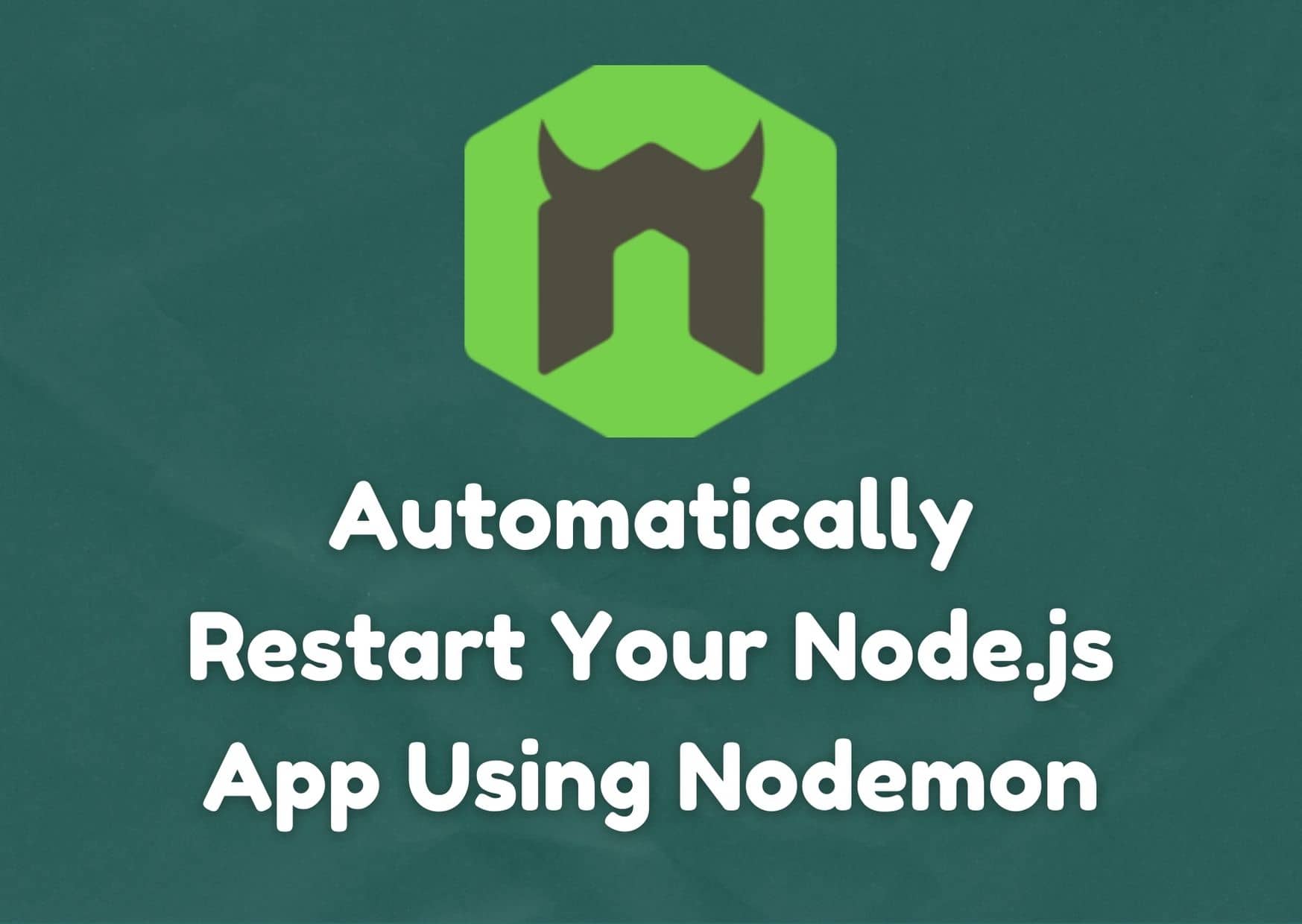Instamojo Payment Gateway Integration In Laravel 8
Today we see How to integrate Instamojo payment gateway in laravel 8. In this tutorial, we will learn Instamojo payment gateway integration in laravel application via the Instamojo package install.
Now, we will show you easy to step by step on how to Instamojo payment gateway integration.
When we take money from someone, by offering services through your website, you need a payment gateway, for this, we use a payment gateway. we see Instamojo payment gateway integration in PHP. like e-commerce, package buys, etc.

Instamojo Payment Gateway Integration Example
- Step 1: Install Laravel 8 App
- Step 2: Connecting App to Database
- Step 3: Install Instamojo PHP package
- Step 4: Configure Instamojo Package
- Step 5: Make Model and Migration
- Step 6: Create Controller
- Step 7: Make Routes
- Step 8: Create a Blade View file
- Step 9: Start Development Server
In this step, install Laravel 8 application by executing the following command on the terminal:
composer create-project --prefer-dist laravel/laravel payment_gatewayVisit laravel 8 app root directory and open the .env file. Then add the database details:
DB_CONNECTION=mysql DB_HOST=127.0.0.1 DB_PORT=3306 DB_DATABASE=here your database name here DB_USERNAME=here database username here DB_PASSWORD=here database password here
In this step, execute the following command on the terminal to install the Instamojo package. We learn Instamojo payment gateway:
composer require instamojo/instamojo-phpFirst of all, visit the instamojo.com and create an account on it. Then you will get the client id and secret id from Instamojo.
After that, open the .env file And set the API key, auth-token and URL in the .env file like the following:
IM_API_KEY=test_f8f8ce50dc9688be5a231e33be6 IM_AUTH_TOKEN=test_b15c040c04804e37e366d31c0f2 IM_URL=https://test.instamojo.com/api/1.1/
Next, Open the services.php file and add the following code into it, which is inside the app/config directory. few step in Instamojo payment gateway integration in PHP.
'instamojo' => [
'api_key' => env('IM_API_KEY'),
'auth_token' => env('IM_AUTH_TOKEN'),
'url' => env('IM_URL'),
],Create a table name Payment and it’s migration file. use the below command.
php artisan make:model Payment -m
This command will create one model name Payment and also create one migration file for the Payment table. instamojo payment gateway integration in PHP source code. After successfully run the command go to database/migrations/Payments.php file and replace the function, below here :
public function up()
{
Schema::create('payments', function (Blueprint $table) {
$table->increments('id');
$table->string('i_payment_id');
$table->string('user_id');
$table->string('amount');
$table->timestamps();
});
}Next, migrate the table using the below command. It will create two new tables in the database.
php artisan migrateIn this step, Create the controller name PaymentController using the below command.
php artisan make:controller PaymentController
Then open PaymentController.php and add the following code into it, which is placed on app/Http/Controller/ directory:
<?php
namespace App\Http\Controllers;
use Illuminate\Http\Request;
class PaymentController extends Controller
{
public function index()
{
return view('event');
}
public function pay(Request $request){
$api = new \Instamojo\Instamojo(
config('services.instamojo.api_key'),
config('services.instamojo.auth_token'),
config('services.instamojo.url')
);
try {
$response = $api->paymentRequestCreate(array(
"purpose" => "For text Php Coding Stuff",
"amount" => $request->amount,
"buyer_name" => "$request->name",
"send_email" => true,
"email" => "$request->email",
"phone" => "$request->mobile_number",
"redirect_url" => "http://127.0.0.1:8000/pay-success"
));
header('Location: ' . $response['longurl']);
exit();
}catch (Exception $e) {
print('Error: ' . $e->getMessage());
}
}
public function success(Request $request){
try {
$api = new \Instamojo\Instamojo(
config('services.instamojo.api_key'),
config('services.instamojo.auth_token'),
config('services.instamojo.url')
);
$response = $api->paymentRequestStatus(request('payment_request_id'));
if( !isset($response['payments'][0]['status']) ) {
dd('payment failed');
} else if($response['payments'][0]['status'] != 'Credit') {
dd('payment failed');
}
}catch (\Exception $e) {
dd('payment failed');
}
dd($response);
}
}
In this step, open the web.php file and add the following routes into it, which is placed inside the routes directory:
use App\Http\Controllers\PaymentController;
Route::get('event', [PaymentController::class, 'index']); Route::post('pay', [PaymentController::class, 'pay']);
Route::get('pay-success', [PaymentController::class, 'success']);
In this step, Visit the resources/views directory and create blade view file name event.blade.php.
Then add the following code into event.blade.php. We learn How to integrate Instamojo payment gateway in laravel.
<!DOCTYPE html>
<html>
<head>
<meta charset="UTF-8">
<meta name="viewport" content="width=device-width, initial-scale=1.0">
<meta http-equiv="X-UA-Compatible" content="ie=edge">
<meta name="csrf-token" content="{{ csrf_token() }}">
<title>Instamojo Payment Gateway Integration In Laravel 8 - phpcodingstuff.com</title>
<link href="https://cdnjs.cloudflare.com/ajax/libs/twitter-bootstrap/4.0.0-alpha/css/bootstrap.css" rel="stylesheet">
<style>
.mt40{
margin-top: 40px;
}
</style>
</head>
<body>
<div class="container">
<div class="row">
<div class="col-lg-12 mt40">
<div class="card-header" style="background: #0275D8;">
<h2>Register for Event</h2>
</div>
</div>
</div>
@if ($errors->any())
<div class="alert alert-danger">
<strong>Opps!</strong> Something went wrong<br>
<ul>
@foreach ($errors->all() as $error)
<li>{{ $error }}</li>
@endforeach
</ul>
</div>
@endif
<form action="{{ url('pay') }}" method="POST" name="laravel_instamojo">
{{ csrf_field() }}
<div class="row">
<div class="col-md-12">
<div class="form-group">
<strong>Name</strong>
<input type="text" name="name" class="form-control" placeholder="Enter Name" required>
</div>
</div>
<div class="col-md-12">
<div class="form-group">
<strong>Mobile Number</strong>
<input type="text" name="mobile_number" class="form-control" placeholder="Enter Mobile Number" required>
</div>
</div>
<div class="col-md-12">
<div class="form-group">
<strong>Email Id</strong>
<input type="text" name="email" class="form-control" placeholder="Enter Email id" required>
</div>
</div>
<div class="col-md-12">
<div class="form-group">
<strong>Event Fees</strong>
<input type="text" name="amount" class="form-control" placeholder="" value="100" readonly="">
</div>
</div>
<div class="col-md-12">
<button type="submit" class="btn btn-primary">Submit</button>
</div>
</div>
</form>
</div>
</body>
</html>
In this step, execute the php artisan serve command on the terminal to start the development server:
php artisan serve
Testing Card Credential
Card No : 4242424242424242 Month : any future month Year : any future Year CVV : 111 Password : 1221
You have learned Step by Step - How to integration Instamojo payment gateway in laravel 8.
I hope it can help you...






Leave a Reply